Best Albums I Heard in November, 2024
Only a couple of these actually came out in November - I've got a whole bunch more lined up for December reviews already.
MC Lyte – 1 of 1. MC Lyte was a teenager when hip hop records started breaking out of the Bronx, and she’s been releasing her own albums since 1988. Not that I’ve heard any of them in almost 35 years. On the strength of this great new album, I’m convinced I seriously underestimated her. Like the recent LL Cool J album, 1 of 1 brings a legend to the microphone to remind us how much old school hip hop still has to offer. Never sounding like a museum piece, Lyte offers up her smooth, elegant flow in an album that seriously has no weak moments. Lots of guest stars show up – Big Daddy Kane, Queen Latifah, Q Tip, Common, and Ghostface Killah bring the veteran skills to the table, and Stevie Wonder even sings a bit and plays harmonica. But Lyte doesn’t need any help – the tracks on which she raps alone are distinctive and inventive enough to keep the energy up. The opening track puts her religion front and center (and swings hard with a gospel choir backing track), and she drops homage to God here and there throughout the record. But mostly, she raps of her place in hip hop history, her dreams, her life, and her world. I can’t seem to get tired of hearing this record.
Etran de L’Air – 100% Sahara Guitar. It’s possible to imagine people saying “If you’ve heard one desert blues band, you’ve heard them all,” but I beg to differ. Every last one of these groups places different emphases on the common ingredients – the syncopated furious drumming, the hypnotic guitar riffing, and the vocal chants. Etran de L’Air have apparently been around the scene in Niger for a long time, and I enjoyed their previous album Agadez. This one is more emphatic than that one. This band benefits from perhaps the most impressive drummer of the style, and the guitars chitter chatter almost as much as they swirl around the tonal center. Vocals almost don’t matter, especially to those of us in the West who can’t understand them. It’s a wonderful sound for stirring the imagination and the body.
Jake Blount and Mali Obomsawin – Symbiont. I’ve enjoyed some of Blount’s work before but Obomsawin is new to me. She’s a member of Odanak First Nation, and she brings Native American musical traditions to the mix here, alongside folk music, old-time hymns, and a little bit of rock. Blount and Obomsawin concoct imaginary beings called symbionts which have come to tell us of ancient connections between humans and nature. The concept doesn’t overstay its welcome, but is always in the background as Blount and Obomsawin sing of a possible end of the world, and mix in references to how we could survive by reviving respect for the world as it was in the past. It’s pretty heavy stuff, but the music is so well done, so engagingly direct, and so full of traditions merging with other approaches that it doesn’t so much bum the listener out as it offers glimmers of hope and joy among the warnings.
Inebrigt Håker Flaten – Breezy. This Norwegian bass player and composer is writing, like Duke Ellington and Charles Mingus often did, for the specific musicians who play with him regularly. As a result, this new record with the band he calls Knarr is just about perfect, a blend of Albert Ayler-esque smears and Human Arts Ensemble-style ecstastic shouts with swinging jazz elements. It’s exactly the kind of music I needed to hear on days when I was hopeful and on days when I lost hope. I used to say I loved the sound of delirious cacophony, but really, this is not chaos – it’s explosions of feeling by musicians who know what they can and can’t play in any given context. Extra kudos go to guitarist Jonathan Horne and/or Oddrun Lijja Jonsdottir – the six string playing here is phenomenal.
Yasmin Williams – Acadia. Williams is a phenomenal guitarist and a fascinating composer. I haven’t heard her earlier records, which were apparently predominantly solo acoustic guitar stuff, which is a wheelhouse for me. Here, she works with other musicians, including some like Aoife O’Donovan, Kaki King, Dom Flemons, and Immanuel Wilkins whose diverse works have been faves of mine. Other names, including Allison De Groot, Malick Koly, and Magro are now on my radar. The record moves across genres and styles, ranging from an opening largely acoustic guitar dance number to a wild jazz fusion piece at the end. It’s mostly instrumental, with only Darlingside and O’Donovan adding vocals to their guest appearances. The tunes are infectiuous and tricky, a nice combination to pull off.
Fantastic Negrito – Son of a Broken Man. Steeped in heavy doses of Funkadelic and Sly Stone, Fantastic Negrito delivers anger and sorrow and at least one burst of light in a concept album about the unsettled relationship between a son and his father (presumably based somewhat in autobiography). These songs are deep, powerful grooves, with lines such as “Mama didn’t like me / Daddy didn’t like me” delivering the kind of betrayal first mentioned in the person on the street interviews (over music) that open the album. It’s unsettling, to be sure, but the way he stares these truths straight in the face, and the way the music kicks us all hard in the ass in an attempt to free our minds, makes the emotions churn around in different directions. He had a terrible childhood, it sounds like, but he’s still gonna let his light shine in the most Sly & the Family Stone mannered take on a Sunday School hymn I’ve ever heard.
Field Music – Limits of Language. I’ve become quite a fan of these guys in the last few years. They have inventive harmonic and melodic sensibilities, and they wed that to fun herky jerky syncopated rhythmic approaches. This album is chock full of synthesizers, more than I remember from them in the past, but the songs are all in the same vein as what I have loved in the past. It’s actually very neat to hear synth-pop played with harmonies that don’t sound like the ones we’ve heard thousands of times since the 80s. As always, I get too immersed in the music to pay any attention to the words, and I hope someday to learn what inspired “The Waitress of St. Louis.”
Hayes Carll & Band of Heathens – Hayes & the Heathens. You know what they say – write what you know. The first song on this collaboration between singer/songwriter Carll and the heathenic band is about weed and staying alive; the last is about being in a bar at closing time and trying to get rid of stragglers. That’s life on the road for modern troubadours, right? Any way, I find this meeting of multiple minds to be more fun than either act is on their own. I’ve generally preferred Carll’s solo records to the work of Band of Heathens, but I have zero complaints about this record at all. Carll is technically less proficient as a singer, but he has more personality than the other guys – they play off each other very well. Kudos also to whoever came up with the arrangement on the Proclaimers classic “I’m Gonna Be (500 Miles)” – this version is as great as the original without copying it
.
Nusrat Fateh Ali Khan – Chain of Light. As Brad Luen pointed out in his excellent Substack blog Semipop Life, some weeks you just mostly want to play Nusrat. And honestly, it’s beem far too long since I did so – thanks to the folks at Real World Records for unearthing this excellent set of four previously unavailable recordings from the brilliant Pakistani qawwal singer who passed away in 1997. I still kick myself for not going to see him the one time I had the chance a year or two before he died. If you’ve heard him before, this is more of what you love – each qawwali is different, but essentially the same. There is the handclap and table percussion, the harmonium drone, the group vocals that answer and goad the lead singer, and that freak of nature Nusrat Fateh Ali Khan doing everything above and beyond to make us feel love, devotion, and surrender. Nobody else could do the things he could do effortlessly – the machine gun syllables, the soaring held notes, the quiet and the intensity. If you haven’t heard him before, you owe it to yourself to pick this up, or one of his other records, and prepare to be entranced.
Guy Davis – The Legend of Sugarbelly. Davis is the son of Ossie Davis and Rubie Dee, so he’s been around show business all of his 72 years. He made his first album in 1978, and actually appeared in the hip hop flick Beat Street in 1984. But mostly I know him as one of those acoustic blues folkies who followed in the wake of Taj Mahal starting mostly in the 90s. That’s not a fair appraisal, though, as I finally got around to really paying attention to one of his records, and it’s a delight. Mostly east coast blues with one trip to Texas and one Anglican-styled hymn influence, the record is exuberant, playful, and fun to hear. Davis has a good voice that sometimes veers into latter-day Bob Dylan gruffness, which serves as a nice coloration in his singing. He’s a terrific finger picker on acoustic guitar, and plays a mean banjo, too. There’s not a lot of other instruments here – a little harmonica, a little percussion, maybe a second guitar here and there. The songs and the performances are uniformly strong and full of personality, and I imagine I should check out some of his other records one of these days.
Samara Joy – Portrait. For her third album, the most remarkable jazz vocalist of the century adds lyrics to tunes by the likes of Charles Mingus and Barry Harris in between her fresh interpretations of standards from the past. Joy has her own eight-piece band that tours and records with her, which makes for exceptional rapport between vocals and instruments. Every song on this record crackles with energy, invention, and talent. Joy comes from the Sarah Vaughan school of jazz vocals, with an attention to delivering lyrics while also decorating the melodies with breathtaking swoops from soprano to alto, rhythmic deviations across bars, and dynamic shifts. The more I listen, the more in awe I am of her skills, and the more delightful I find these songs.
Dawes – Oh Brother. Why don’t I spend more time listening to Dawes? Every time they have a new record, I’m reminded how much I really like these guys. They’ve got a strong melodic sensibility, memorable hooks, tightly constructed and often subtle arrangements, storytelling skills, and a really talented singer up front. This album offers more of what makes them so good. I’m particularly enamored with “Front Row Seat,” a beautiful tune with a powerhouse hook that just happens to perfectly capture the zeitgeist of American life right now. I almost want to quote the whole damn song, but maybe I’ll just do these lines: “If it’s true that it’s a curse to live in interesting times / Then why do I get butterflies as I peek over the ledge?” On an entirely different theme, “The Game” examines the ways a songwriter channels her own life experience, and keeps on doing what she does no matter how many obstacles men throw in her way. I know I don’t usually talk about words so much, but Dawes songs tend to get me thinking about them more than most – probably because they make the words an integral part of the music.
Various Artists – Better Than Jail. This compilation is a benefit for prison reform organizations, so naturally you’d expect Steve Earle to be involved. He is, along with a cast that includes the War and Treaty, Bonnie Raitt, Margo Price, Jason Isbell, Cedric Burnside, Lukas Nelson, Hayes Carll & Allison Moorer, Taj Mahal, Raul Malo, Silverada (formerly Mike & the Moonpies), and Old Crow Medicine Show. If you’re like me, that’s all you need to know to want to hear this, and you’ll get even more excited to know the songs are covers of classic prison songs by Bob Dylan, Merle Haggard, Jimmie Rodgers, Johnny Cash, Leadbelly, Bukka White, Big Maceo, Leroy Carr, and the Crickets (by way of Bobby Fuller Four and the Clash). Every performance here is fantastic, most especially Earle’s rocking “I Fought the Law,” Price’s furious “Hurricane,” and Malo’s Tex-Mex dance take on “I Got Stripes.” Support a great cause and enjoy one of the most entertaining compilations in a long while.
Bad Moves – Wearing Out the Refrain. One refrain they don’t wear out that I can’t get out of my head is when they sing “I can’t get the part where you fucked up outta my head.” But there are a whole lot of other hooks on this album, which I think is their third though I only just discovered them this year. They don’t reinvent the wheel – this is two guitars, bass, and drums with multiple singers (male and female) belting out rock’n’roll with energy and tunefulness. The key, though, is that it sounds like they’ve just discovered the wheel, and all the places it can take them. Their enthusiasm is as infectious as the songs themselves.
Joan Shelley – Mood Ring. I frequently have to remind myself she’s from Kentucky because musically, I always think of 70s English folk references when I’m listening to Joan Shelley. I know she runs around in circles that include Bill Callahan and Jeff Tweedy, so her music is properly American, but the tone of the arrangements and the clarity in her voice reminds me of the likes of Sandy Denny and June Tabor. Of course, she doesn’t have the catchiness of their best material, and she doesn’t put much humor in her songs, either. The five cuts on this new EP are all prime examples of what she does so well, though – set an incandescent brooding mood, and make me hang on every note she sings.
Chris Maxwell – Nothingland. Those of us fixated on music all have our own particular favorite obscurities. One of mine was the band the Gunbunnies, who released one album back around 1990 or thereabouts which sold approximately no copies, to judge by the fact I don’t remember ever seeing a used CD pass through my fingers in all these years of record store work. They played St. Louis a bunch of times, and I was always there to cheer them on. Chris Maxwell (who also was in Skeleton Key, another obscure band but not one I knew at the time) was the singer and songwriter in the band, and he’s still out there doing what he does so well. These ten songs are representative of his mature style, which is only a mite slower and more measured than the galloping pop of his old band. It’s full of intricately designed melodies with surprising twists and delightful hooks. At times his voice reminds me of Jeff Tweedy, albeit smoother – and then I see he even got Nels Cline to play a little on this record. Songs like “I Don’t Hear You” remind me of those glorious days in September when this album came out and we all thought it might be possible to not pay so much attention to the hatred spewed by a certain political figure. But I may just be reading into it what I think about rather than what he had in mind.
Andrew Bird and Madison Cunningham – Cunningham Bird. Here we have two of my favorite singer/songwriters/interpreters teaming up to pay tribute to one of those legendary records that almost nobody has ever heard, the Stevie Nicks and Lindsey Buckingham duo album Buckingham Nicks. I’ve heard the album exactly once, a few years back, so I can’t really say how this compares to that. However, since Nicks and Buckingham redid the song “Crystal” with Fleetwood Mac, it’s clear that Cunningham and Bird are not trying to slavishly recreate anything here. Instead, they’re letting us hear these excellent songs as if they were new. Both Bird and Cunningham are noted for their abilities to find instrumental notes that most musicians would never realize fit perfectly in a song – there are plenty of little touches from Bird’s fiddle and Cunningham’s guitar that accomplish this. The vocals are exquisite – I suspect they don’t stick to strictly having Bird sing Buckingham’s songs and Cunningham sing Nicks’, but rather divide things up so that whichever voice has the best grasp of a melody gets to sing lead. It’s all quite lovely whether you know the originals or not.
Taj Weekes with Zion Albert – Eyes to See. I haven’t paid much attention to reggae for a long time – I still love a lot of records made before the mid-to-late 80s, but after that it was off my radar for the most part. This new record hits my sweet spot, a lovely, urgently relaxed roots reggae collection of songs that keep the body moving and offer solid hooks. Weekes is ostensibly the star of the record – he does get to sing one song completely by himself – but bringing in Albert as a foil was a stroke of genius. Weekes has a naturally high voice – it’s not falsetto, but it sounds more like a woman’s alto when you first hear it. And Albert has a nice upper bass range. Put them together, either trading off lines or verses, or joining forces in harmony, and you’ve got a really distinctive combination. The music puts the groove right where reggae classics always put it, and there are lots of subtle touches in the background that can hypnotize you into ignoring the rest of the track, except the vocals are so strong that you get pulled back. It’s really nice to remember how good this genre can be.
Asuka Kakitani – What She Wrote. Some bangin’ lyrics on this one by the likes of Emily Dickinson, Sappho, Virginia Woolf, and Mary Shelley. Asuka Kakitani, if she’s known at all, is familiar to forward-thinking big band jazz listeners. Here, however, she offers up six compositions taking words from poems and prose, and setting them to music for four voices. This brings me to the Quince Ensemble, a new music quartet of soprano singers with impeccable skills. What She Wrote is a record unlike most I hear. First, the sheer sound of these four voices, blending and working in counterpoint, is spine tinglingly beautiful. The compositions include some fairly unusual harmonies and pitch digressions, though never anything that registers as harsh. The words are not meant to caress – “No Birds Singing” is an indictment of humanity’s effect on nature (I’m not sure who wrote this one). Woolf’s “A Room of One’s Own” is whittled down into some paragraphs from the opening bits about Shakespeare’s sister and the need for women poets. The music is uncanny, a strong incentive to think about the words while experiencing something outside the norms of existence.
Ka – The Thief Next to Jesus. I feel terrible that I could have been listening to this guy for the last couple decades but waited until after the adulations online memorializing his death just a few weeks ago. Ka, a rapper / producer who was also a firefighter (and a first responder on 9/11) turns out to be one of the biggest talents I’ve heard recently. With lyrics packed tighter than a trash compacter, he digs deep into the subject at hand, which on this album happens to be the relationship between Christianity and African-Americans, most definitely including himself. With samples culled from gospel records, and interjections from preachers and philosophers, Ka created a final statement of immense musical interest. Not that he planned on this being the last record – there are times he talks about wanting to live long. I’ve definitely got a lot of catching up to do, but this record alone will keep me coming back for a while.
Chuck Prophet – Wake the Dead. This is Prophet’s recovery from cancer album, a blast of fresh rhythmic exuberance into his typical metaphor rich roots rock. While he was sick, he fell in love with cumbia, the dance style that originated in Colombia but which has become as much a staple in Latin-American music as reggae in other places. Prophet recruited a band called Qiensave (that’s supposed to be bracketed by the upside down and right side up question marks but I can’t type Spanish figures) to join his regular Mission Express. Half the new album is powered by straight up cumbia rhythms, while the other half adds subtler Latin touches to his normal sound. I don’t want to say this invigorates his music , as he was making great records all along. It does, however, give a different sort of power to the kind of songs he writes. And his guitar parts work perfectly with the new rhythmic emphasis. As he sings in the final song, clearly written with his recovery in mind, “it’s a good day to be alive.”
Susanna Hoffs – The Lost Record. Back just before the millenium, Hoffs recorded this collection of songs – nine self-penned or co-written, and one Shawn Colvin cover – for what should have been an album. But things came up, and before you knew it, she was all fired up for the Bangles reunion. A few of these songs turned up on Bangles records, and one on a later Hoffs solo album. I’m glad, however, to have access to the original LP, which ranks up there with her greatest solo work to date. Hoffs poured her heart into these songs – a few relate to the love she was feeling at the time for her children born in ’96 and ’98. Some of her strongest melodies are here, and the arrangements are both inventive and connected to the likes of the Beatles, Love, and other 60s icons she always pulled from. It’s a beautiful, personal, and elegant garage rock record – not because it’s got that sound, but because she apparently recorded much of it in her garage.
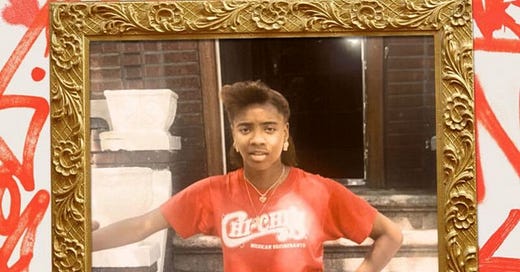





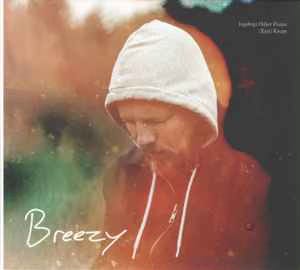

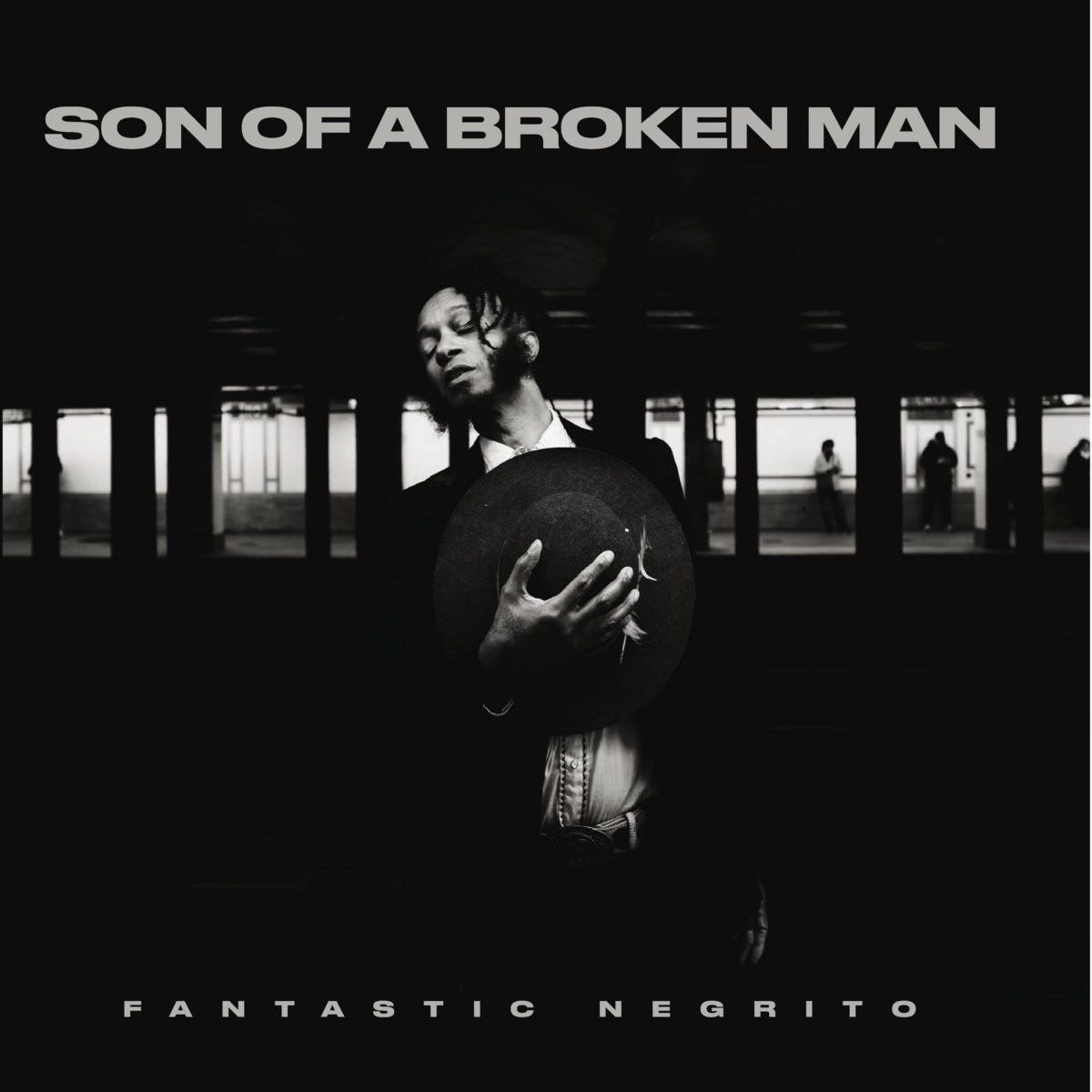
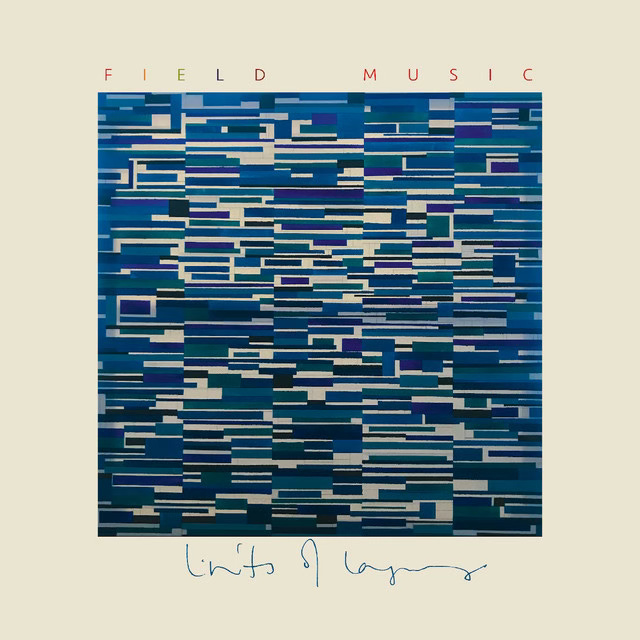




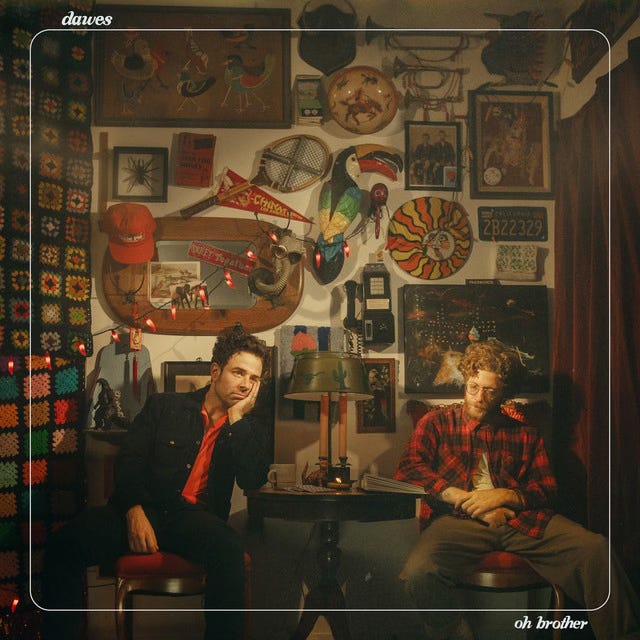
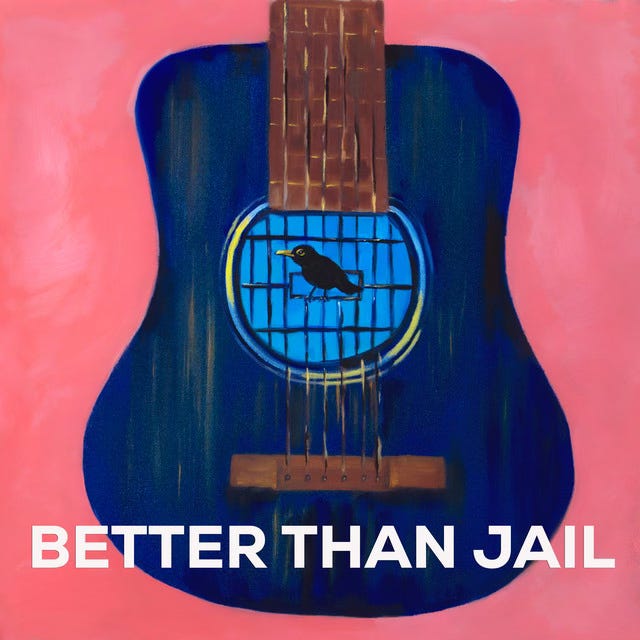
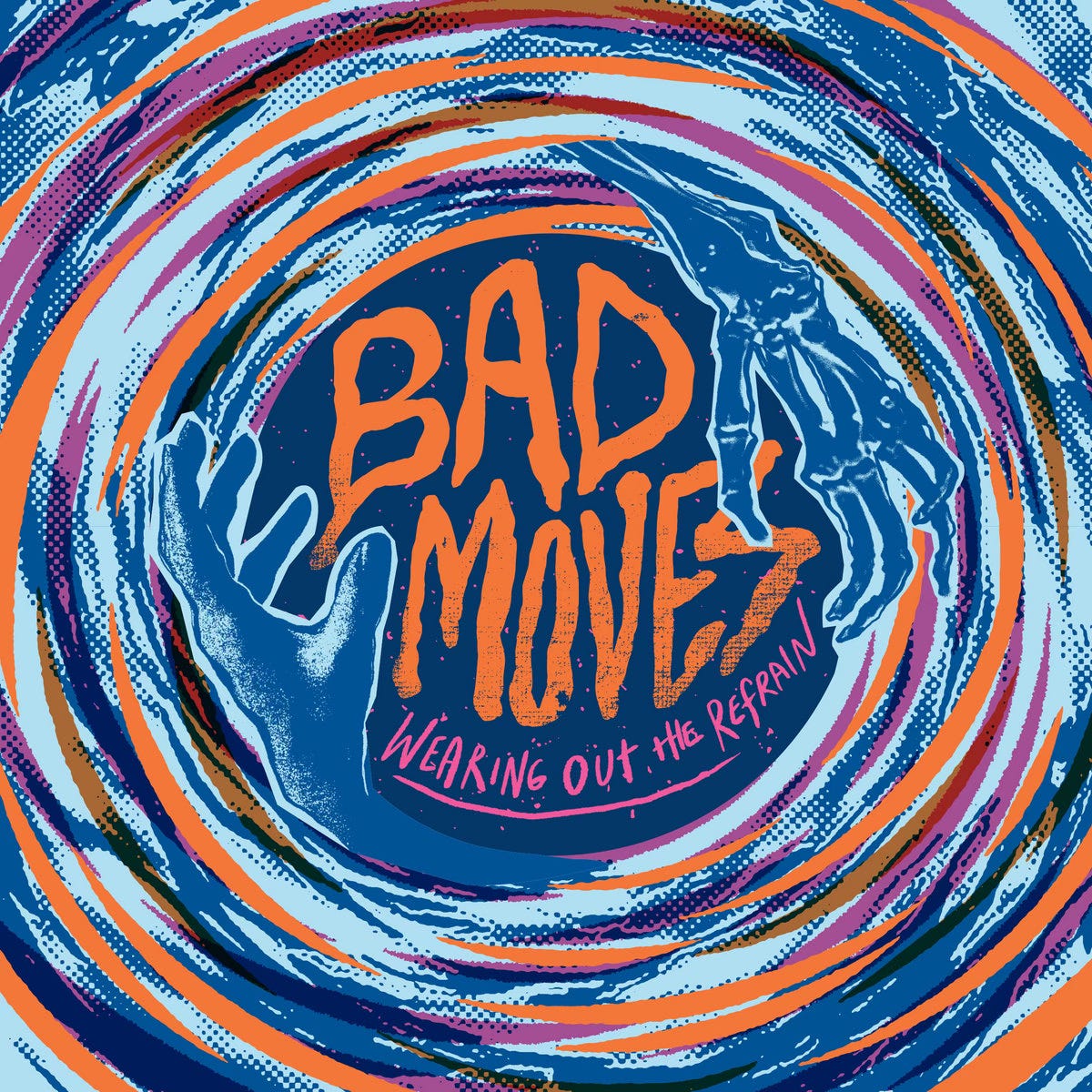

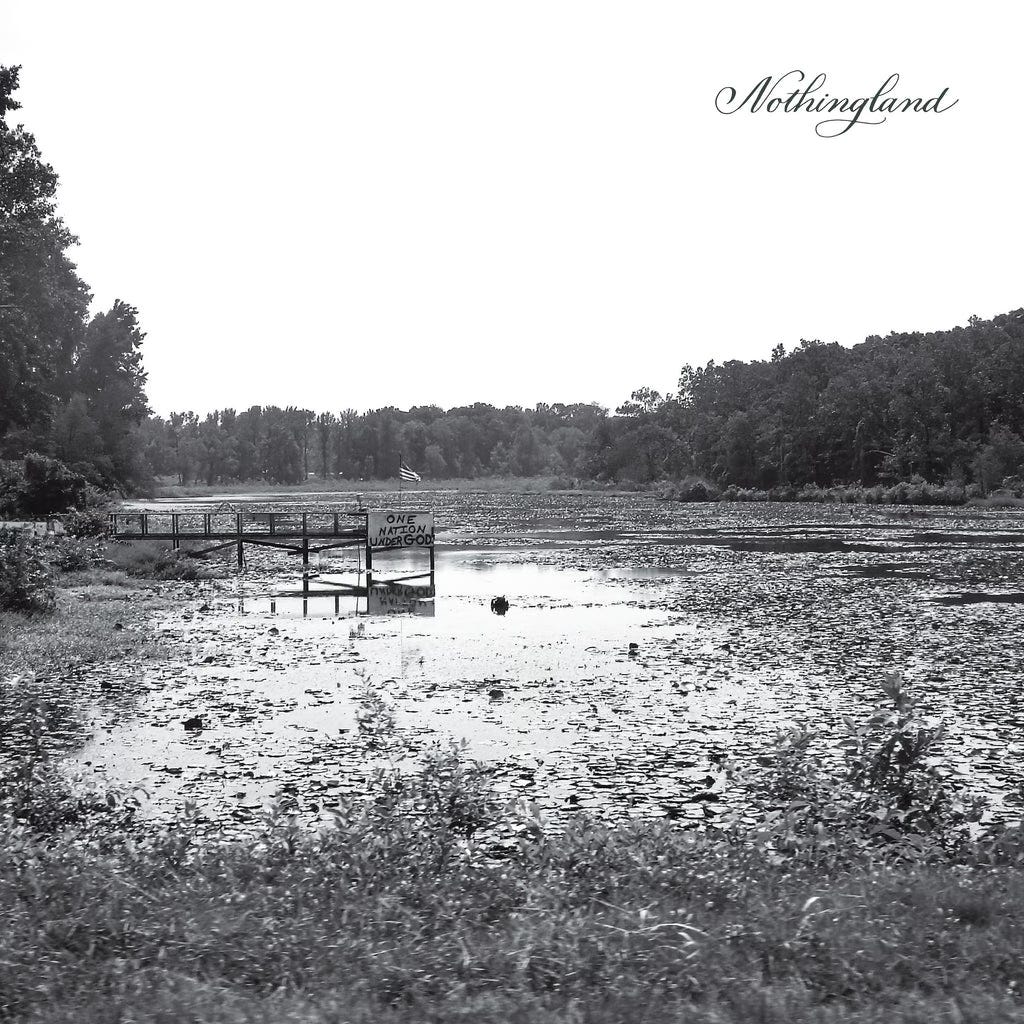
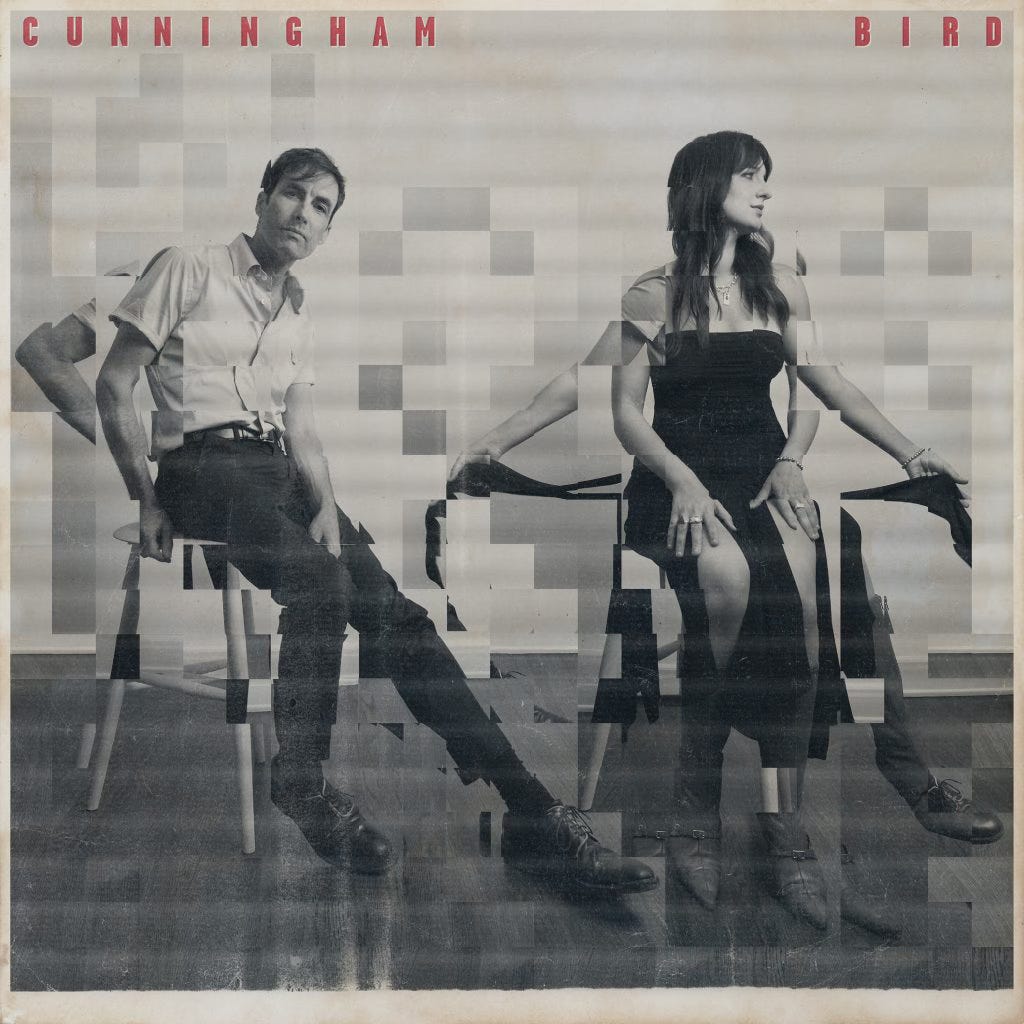





Ooh, good stuff in here. I'm so far loving the Ingebrigt Haker Flaten and the "Symbiont" collaboration. Thank you for sharing!
Nice haul, this. Not heard the Etran de L'aïr. Will get to it ASAP. And a reminder I need to bump the Filed Music up the queue (have been a fan of them for a while, just haven't found time to play this yet). Re: Obomsawin. As part of the due Deerlady she made one of my fave non-jazz album of the year (she also released a very good, more jazz oriented album, Sweet Tooth, a few years ago): https://mali-obomsawin.bandcamp.com/album/greatest-hits